I’m still reeling today from the suicide of Anthony Bourdain – the original rock star of the culinary world – coming hot on the heels of fashion designer Kate Spade … two legends gone in just three days.
With this latest passing begs the question: Why with so much talent, so much fame, and so much to live for did they feel the need to end it all? Why did life seem so unpalatable, undesirable, and useless?
I was never into Kate Spade – I’m not a fashion chick. I only own two handbags – a giant red leather carry all I bought at Danier Leather in Niagara Falls, and a tiny black strappy thing from the Queen Victoria Market just big enough to fit my keys, phone and Myki in. That’s just who I am.
But Anthony Bourdain? Seriously?

After I started more-than-just-dabbling in the kitchen, creating degustation menus for friends and exploring making everything from scratch, I came across Bourdain’s book Kitchen Confidential. I devoured it feverishly, dreaming about turning my passion for cooking into a career. His book showed me a different side – it was an eye opener to the reality of kitchen life. I subsequently decided that a career as a chef wasn’t for me after all. But I admired him. Still do.
So I am at a loss for understanding. Why is oblivion a far more attractive proposition? What is not beautiful enough about food? Why would you not want to stay and cook, and create, and explore, and share it? Making something from a bunch of boring raw ingredients, moulding it like a potter moulds their clay, and injecting with passion and love is a gift. Creating something amazing to share with others is one of the greatest joys I know.
But it would seem others care less about the gifts they’ve been given. Certainly celebrity suicides by hanging have become a pretty big thing lately. Others have come before – David Carradine, Michael Hutchence, Paul Hester, Alexander McQueen, Charlotte Dawson, L’Wren Scott, Robin Williams, Chris Cornell, Chester Bennington … so who’s next? Who’s gonna take the easy route?
I would have thought celebrities owed a duty of care to the public who has adored them so much. Aren’t they meant to be a shining light, a beacon of hope that we can live our passion too, whatever it may be, and somehow achieve greatness? Otherwise what’s it all for?
Is celebrity suicide just a cop out?
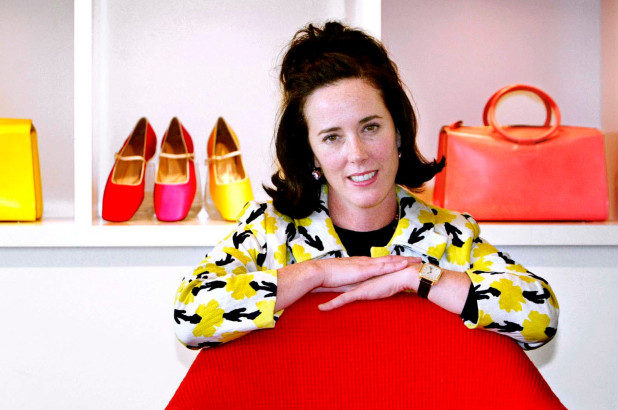
Oh and for Lord’s sake, why hanging? Surely it’s got to be one of the most unpleasant methods of all time. In this word of technological advances, medicinal marvels and the dark web, is escape by an original form of capital punishment really the best you can do?
You know I’ve read that people who are successful at suicide actually go through with it because they truly, in their heart of hearts, believe there is something better for them waiting on the ‘other side’. (Although the irony of the sentence still makes me wonder how this could be known.) But what if there’s nothing? What if this was their one big chance to do all they could do with this life – to inspire the others that follow behind in their footsteps? What if suicide is simply like dining alone at the Last Supper? Haven’t they just fucked it all up?
And what sort of inspiration is taking your own life when you’re a person of solid means and have been hugely successful? Now if you had an incurable disease, or were locked up as a prisoner with no possible chance of escape ever, destined to rot on the floor of some unbearable infested rat sewer … then maybe I could understand that suicide might just be an attractive alternative. But when you’re the host of your own globetrotting television show, like Bourdain, that indulges you in your passion for food … or you have a design empire of creative fashion like Spade … and you have all the wealth you could honestly ever need … then where’s the sense in checking out?
Is it that the respect of your peers and the admiration of millions really makes you so incredibly lonely you have to leave the communal table and resort to dining alone? If so then maybe fame, the thing so many of us aspire to with our selfies and Instagram accounts, has its price after all.
Maybe, but frankly I just think it’s irresponsible … and down-right selfish. What about all your adoring fans who have travelled with you in your life’s journey? We bought your records, your books, ate your meals, watched your movies, and carried your handbags. So what up?
And, honestly, if you’re so egotistical and self-absorbed not to realise that your fans are the only reason you have everything you have, then think about this: What about your family and friends who love and care for the real you, regardless of your flaws that you’ve managed to hide (or not hide) so well from us? Do you care so little about your so called ‘loved ones’? Do you not feel a connection, do they mean nothing at all? Are you incapable of feeling empathy, of self-love to the point that you’d rather be gone?
I’m done.

It’s not that I don’t care – in fact I care too much. but I’m over being sad and heartbroken. Now I’m just plain angry at the short sightedness of celebrities who top themselves. They taunt us by blooming like the most glorious flower, making the world a brighter place, for a moment or a lifetime, before taking it upon themselves to leave without even a goodbye or a reason. As if they had no choice or control in the matter. And without any explanation we are left wondering, pondering, and questioning how on earth we can possibly be happy if they, with all they have, are not?
So what’s the point of even trying anymore?
And that’s the problem with anxiety and depression … mental illness sucks the life out of you and changes you. Often coupled with feelings of being out of control, at a loss or without purpose. It’s not a rational disease. It doesn’t make sense. I know … I’ve been there. I’ve been close to self-harm too. Never close enough – no near misses – but closer than I want to admit to others, or to myself. It’s not a nice place. It’s not where I want to be.
It’s not who I am.
So, just like Bourdain and Spade who made their own choice, so I make mine – only it’s a vastly different one. I’m not going to check out and take the easy option. I‘m going to suck it up and put the ‘big girl’ panties on – whatever life throws at me. Because even in the darkness, like Roberto Benigni showed us, life really is beautiful.
So too, you have a choice to make.
The question is are you going to wallow in the anxiety and depression that seems inexorably linked to modern life? Or are you going to grab life with both hands, and climb out of that deep dark black you’ve fallen in to, and stop dining alone?
Life is not just like a box of chocolates. It’s like delicious gastronomic degustation menu just waiting to be explored and devoured. Come join the communal feast.
I dare you.
Come soak up the very marrow of life and relish in all its tastes, and aroma. Come wade in life’s rich jus and roll in its creamy lusciousness. Come feast on its sweet nectar and drink in its boozy ambrosia.
If not, then what’s the point?
Postscript: This article has deliberately been written to be controversial, so as to ignite the discussion around whether ‘celebrities’ owe their fans a duty of care to lead as an example, or whether we, as fans, expect too much from them. Tragically, suicide has touched most of us. So please join in this very important conversation on Facebook here.
If you need help in Australia please don’t check out. Instead check in with Lifeline on 13 11 14 and know that you’re truly loved.
#depression #anxiety #mentalillness #anthonybourdain #katespade #chriscornell #suicide #selfharm #suicideprevention #ruok #diningalone #kitchenconfidential #noreservations #fame #celebritysuicide #hanging #help #gethelp #unhappiness #youchoose #getwell #beloved

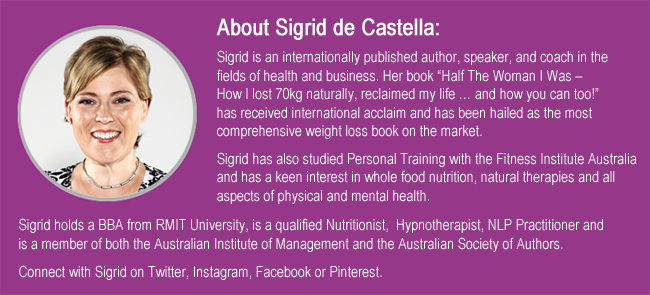

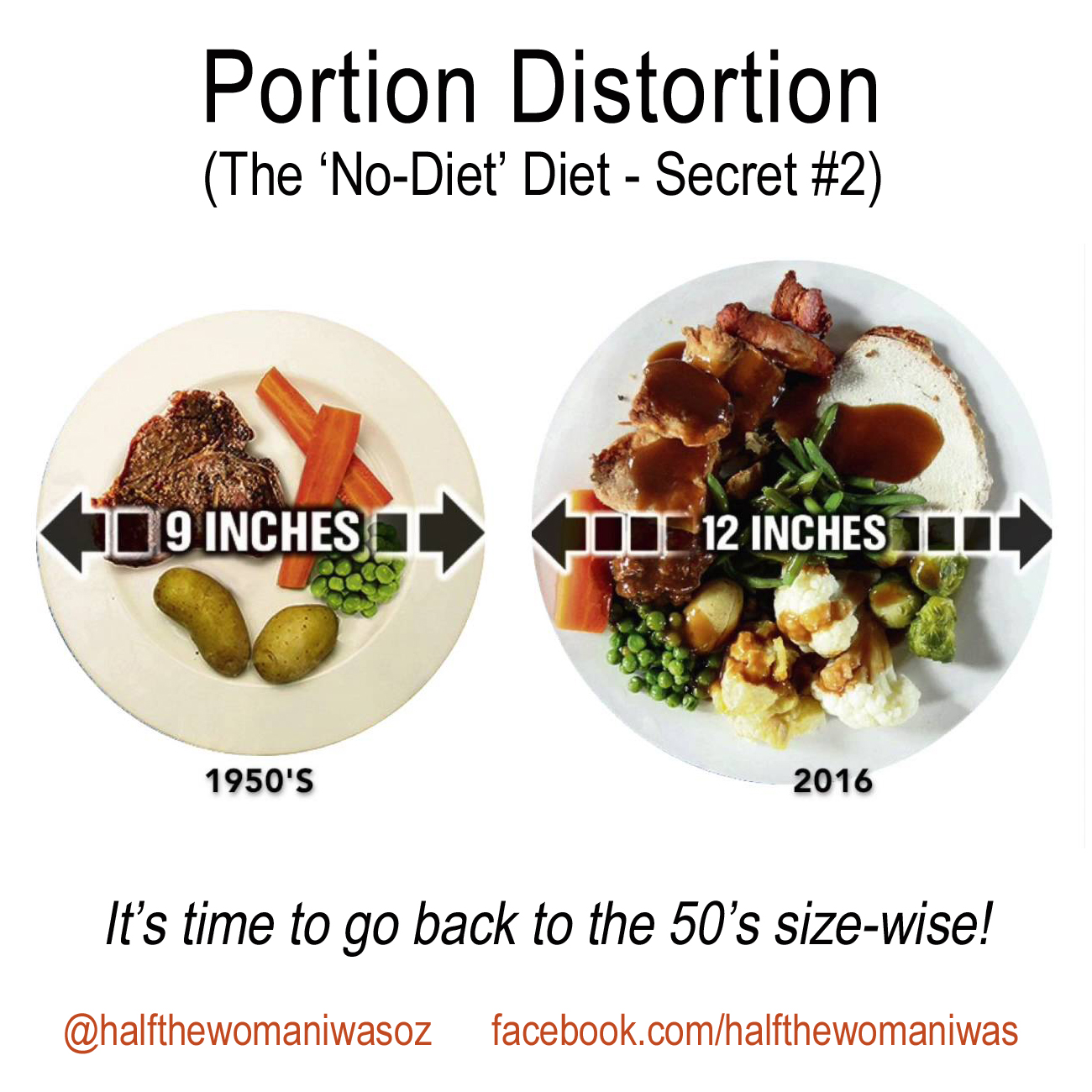
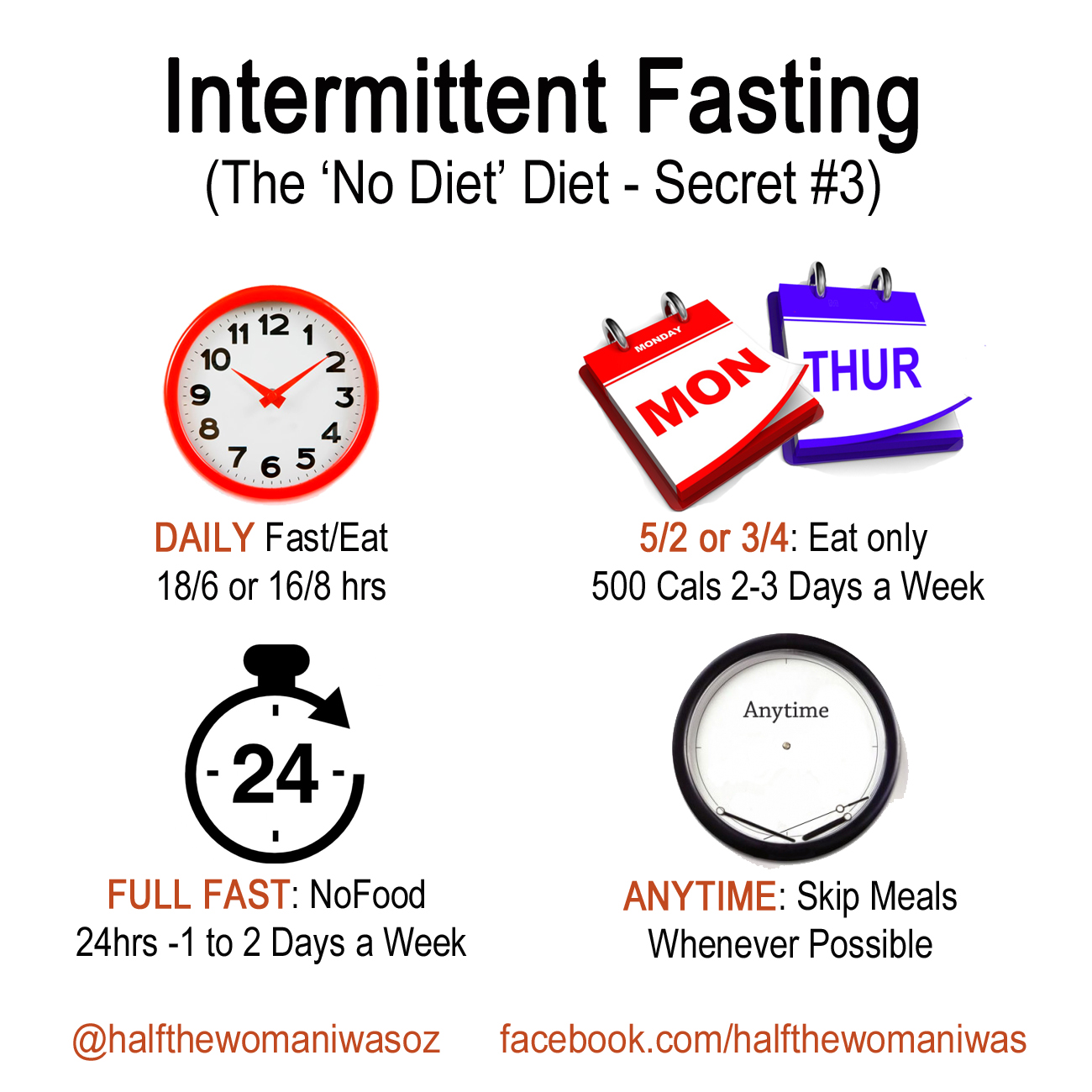
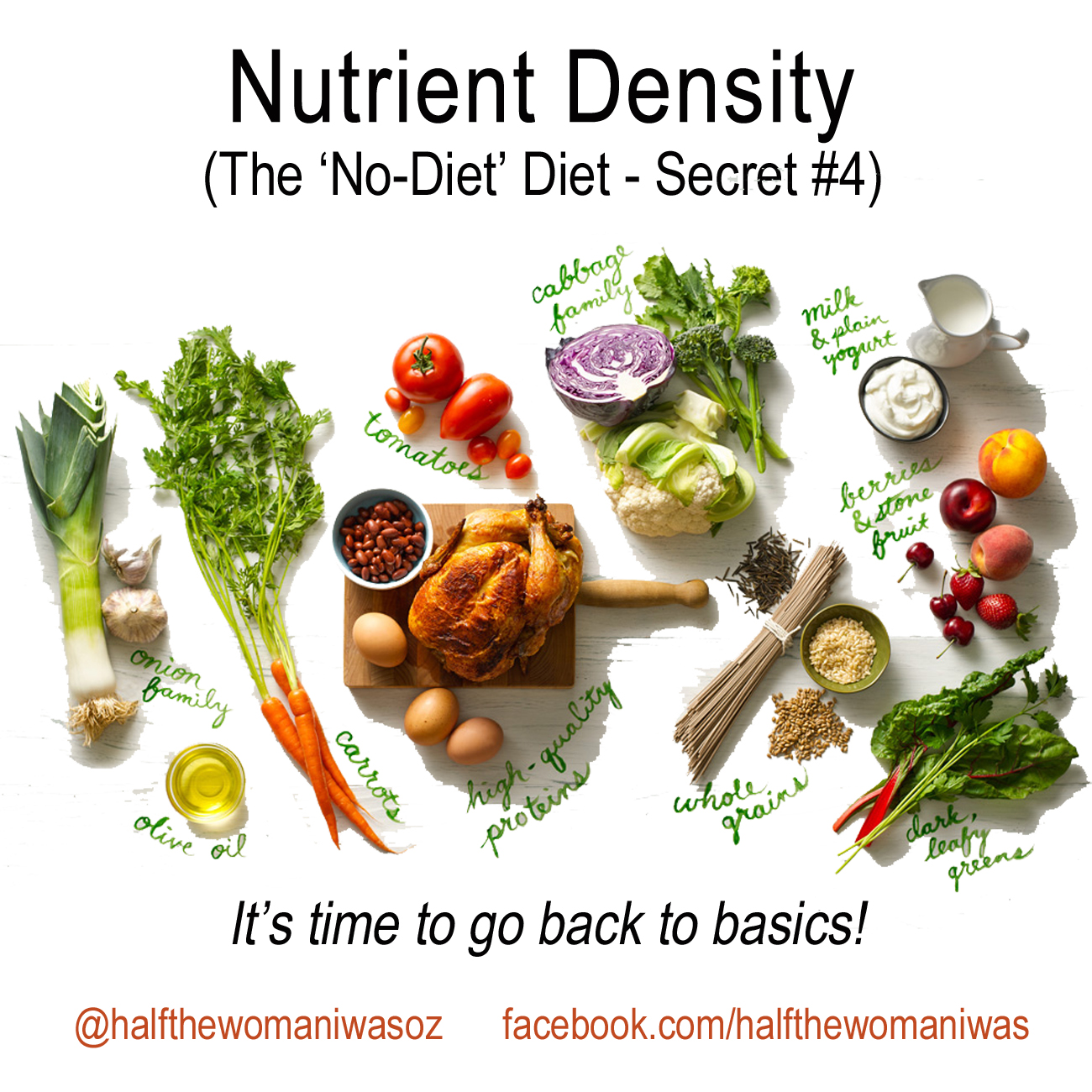


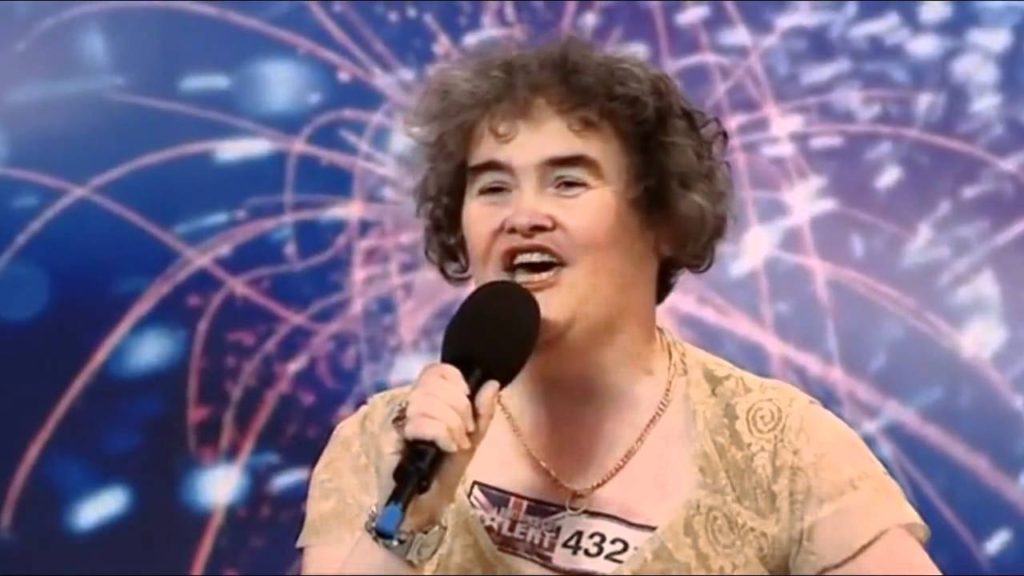
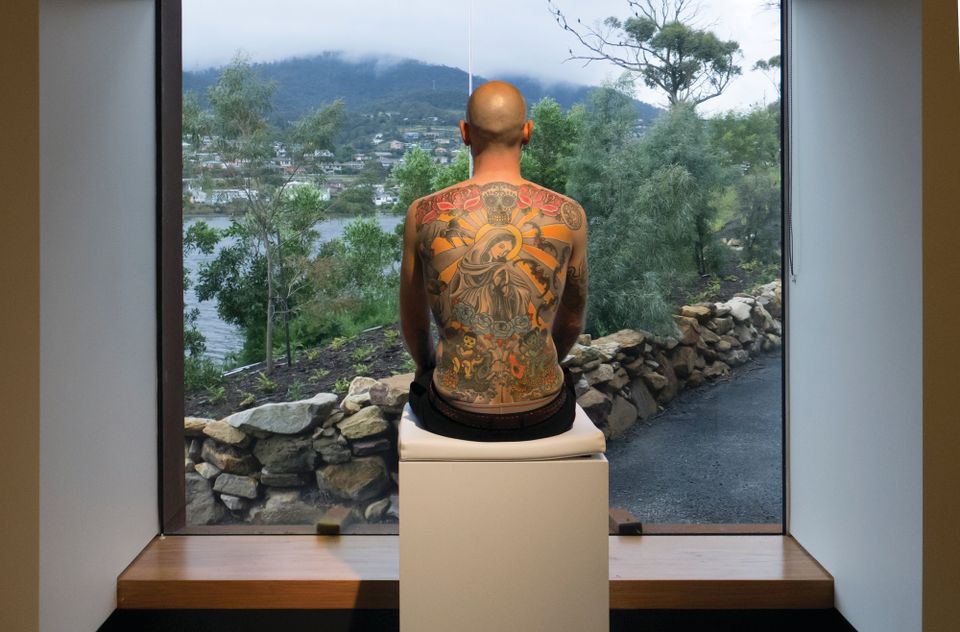

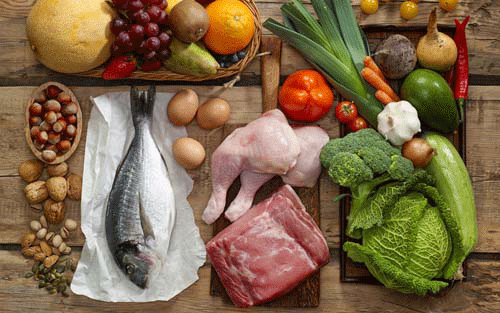
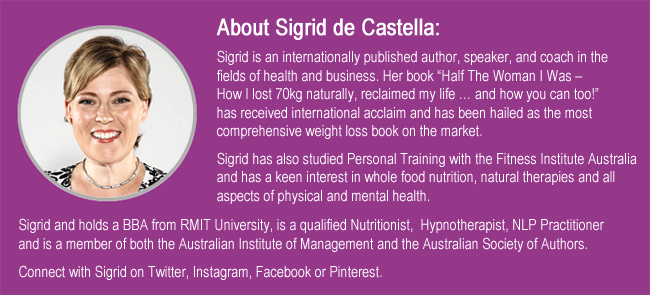

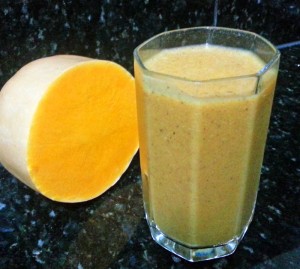
 Yesterday I witnessed the aftermath of a drug overdose. The last few minutes of this man’s life were spent on the concrete floor of a public toilet, and I was jolted into a sense of sadness and waste.
Yesterday I witnessed the aftermath of a drug overdose. The last few minutes of this man’s life were spent on the concrete floor of a public toilet, and I was jolted into a sense of sadness and waste.